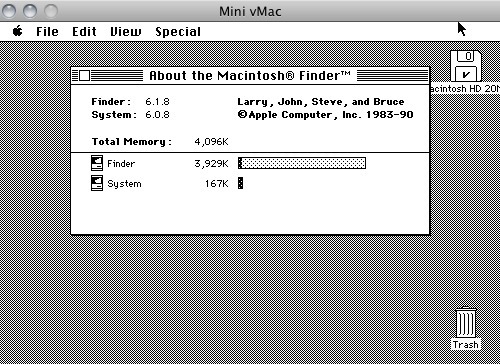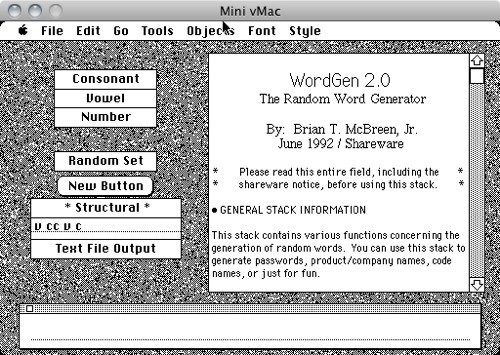 There is nothing like being sidelined at the start of your winter holiday by a violent case of stomach flu making its way through the family. Well, as this was our fate this year thanks to some inconsiderate partygoer, about the only positive outcome was some late night reading time that my recovery afforded.
There is nothing like being sidelined at the start of your winter holiday by a violent case of stomach flu making its way through the family. Well, as this was our fate this year thanks to some inconsiderate partygoer, about the only positive outcome was some late night reading time that my recovery afforded.
While my to-read stack has been accumulating during many months of busy work and family life and is now three full bookshelves long, I simply grabbed off the pile of recent Christmas gifts and dove in.
In the President’s Secret Service by Ronald Kessler provides a brief history of the Secret Service along with many anecdotes about several of the more recent presidents and their families. While tabloidish at times, it also makes a serious case to the management of the Service and its sponsors in the federal government to modernize their equipment, improve the retention of agents, and either expand their budget or limit their scope.
Lyndon Johnson, Hillary Clinton, Al Gore and the entire Carter family are depicted as nearly deplorable at times, while Ford, Reagan and both Bush families honorable and respectful. Rather than introduce a spoiler, I’ll let you discover for yourself the nickname given to LBJ by those exposed to his bare character. An assessment of the current administration is polite but guarded.
As someone with both a fascination of and tremendous amount of respect for a group of dedicated professionals willing to take a bullet for their client, I found the book to be both a quick, entertaining read, but also a somewhat depressing case study of poor management and unevolved thinking.
Kessler, Ronald. In the President’s Secret Service.




